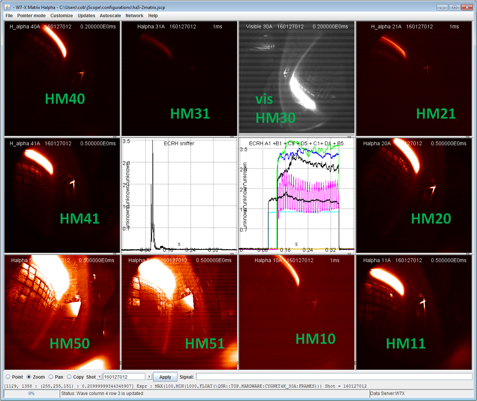

As mentioned earlier, the Brown Boobook's call is made up of a motif with two elements: whoo-w up. randi should be considered different species due to their vocalisation differences when the three species were still lumped as a single species 3.2.3 Based on bioacoustics Vocalisations serve as a useful and distinctive way to tell Brown Boobook and Northern Boobook apart. Therefore, morphological differences between the two species may provide limited help to birdwatchers for identification.

Birders will not be able to measure the wing and tail to determine which species the owl belongs to. The wing-tail ratio of the Brown Boobook and Northern Boobook can only be measured if the owl is captured or collected as a specimen. Juvenile Brown Boobook displaying t eardrop-shaped streaks on belly. Photograph by Joseph Morlan (2012), used by permission. As such, the range of variation in ventral patterning is not fully understood and may lead to some confusion with regards to distinguishing Brown Boobook and Northern Boobook in the field.Īdult Northern Boobook showing heart-shaped streaks on breast and belly. In addition, ventral patterning may not be able to distinguish juveniles of both species apart due to the diffused markings on their belly ( video below). Individuals displaying ventral markings typical of Brown Boobooks have been photographed breeding across Japan ( photo below), over 3000km away from the nearest confirmed breeding locality of Brown Boobooks, indicating that Northern Boobooks, especially from Japan, may display similar ventral markings. 3.2.2 Based on morphology Although there seems to be a fair consistency in ventral patterning of the Brown Boobook and Northern Boobook ( heart-shaped streaks on Brown Boobook and teardrop-shaped streaks on Northern Boobook ), some exceptions were observed. This suggests that there may be an under-reporting of Northern Boobook's sightings in Singapore as they are easily confused to be the local Brown Boobook species. In a recent genetics study by Sadanandan et al., it was found that of the three specimens that were collected in Singapore and presumed to be Brown Boobooks, one came out as Northern Boobook when their genetics were analysed. Photograph of Brown Boobook by Johnny Wee (2012), permission granted.ģ.2.1 Significance Correct identification of Brown Boobook from Northern Boobook is important as sighting records of Northern Boobook will allow better understanding of the migration pattern of this migrant species. To learn more about the taxonomy and phylogeny of this genus, please refer to the section on 'Taxonomy and Systematics'. Nocturnal birds with cryptic plumage can be easily overlooked as the same species when classified morphologically, thus several splits are found in the genus Ninoxin recent genetics and bioacoustics research. scutulata, which went through a few taxonomic reclassifications. Several Ninox species were previously lumped as subspecies of N.
Ninox alignment how to#
For details on how to distinguish these two species apart, please refer to the section on 'Brown or Northern Boobook?' in the Table on Contents.

Local birders may face difficulty trying to distinguish the Brown Boobook and Northern Boobook apart.

japonica, which can also be found in Singapore as a rare migrant. The Brown Boobook has similar plumage to several other owl species, in particular the Northern Boobook, N. It is one of the most common resident owls in Singapore and can be found in habitats such as wooded parks and forests. There are two subspecies of Brown Boobook in Singapore Ninox scutulata scututala, which is a common resident breeder, and Ninox scutulata burmanica, which is a migrant. The Brown Boobook, also known as Brown Hawk-owl, is a resident breeder in most of tropical south Asia from India and Sri Lanka east to western Indonesia and south China.


 0 kommentar(er)
0 kommentar(er)
